Kirk Wipper is like a firefly—visibly shining, but hard to catch. When I finally caught up with him after weeks of pursuit he had just returned from the annual Fiddlers on the Tobique in New Brunswick. As Honorary Patron, he led the parade of 1,500 canoes and almost as many musicians playing fiddles, mandolins and banjos down the beautiful Tobique River in the central highlands of northern New Brunswick. Before the Tobique he had been a guest speaker at the an- nual Maine Canoe Symposium, and on the interven- ing weekend he had led 60 canoes down Ontario’s Trent River, a new event he had helped to instigate in 2003 to raise money for the World Food Bank.
It’s a busy schedule for an octogenarian to maintain, but Kirk doesn’t seem to tire. Kirk modestly takes advantage of every canoeing opportunity that his status as the world’s greatest canoe col- lector brings him. Though his name is inextricably linked to a museum collection, there’s nothing hushed or sedate about Kirk’s love of canoeing. In the past 10 years he has found enough time away from festivals and events to canoe—or raft—some of North America’s great rivers, including the Thelon, Tatshenshini, Alsek, Nahanni, and, wildest of all, the Naranjo in Costa Rica.
KIRK’S EARLY YEARS
Canoes have been the centrepiece of much of Kirk’s life, but it was not always that way. Growing up on a pioneer farm in the Inter-lake district of central Manitoba, the son and grandson of German immigrants, there was nary a canoe in sight. Living close to nature on a farm carved out of the northern bush, he learned early about hard work, frugal- ity and optimism. Having left Germany to escape the militarism growing out of the rising nationalist fervour, his parents also instilled in him a deep and abiding love of Canada.
It was not until his arrival in Toronto in 1946, after war-time service in the Canadian Navy, that Kirk really made contact with the canoe. When involvement with the YMCA took him north to be an instructor at Pinecrest summer camp, Kirk discovered the canoe’s true value as a vehicle to connect with the natural world. There he quickly realized that the canoe was a device for leadership training, with its emphasis on self-reliance and resourcefulness.
Early in his career of teaching in the School of Physical Education and Health at the University of Toronto in 1957, Kirk bought Camp Kandalore, a boys’ camp on Haliburton’s Lake Kabakwa. A couple of years later, the head of Kirk’s university department presented him with a basswood dugout canoe from the 1890s which had been found on his farm near Lakefield. The canoe was given pride of place in the dining hall at Kandalore, and the collection began.
KANAWA INTERNATIONAL MUSEUM OF CANOES
The dugout was soon joined by other unique canoes, including two vintage Peterborough freight canoes which were treasured as much for their historic value as for their usefulness in providing ferry service to Chapel Island, as platforms for stage performances, as diving rafts, or just as large baggage conveyors. Three canoes belonging to the Arctic explorer George Douglas, a birchbark canoe from Maniwaki, Quebec, and several others formed the nucleus of Kandalore’s growing collection, which Kirk had named the Kanawa International Museum of Canoes, Kayaks and Rowing Craft.
Without intentionally starting out as a collector, Kirk had developed a passion for canoes and his collection began to snowball. His many friends in his university, camping and Royal Life-Saving So- ciety circles soon grew into a worldwide network of contacts which included canoe builders and museum curators who kept him informed of any interesting watercraft as they became available.
Opportunities to acquire special canoes often came with a hefty price tag. In Kirk’s words: “It of- ten involved big sacrifices—I was often in debt, but I knew what was being done was right and it had to be done. I felt I had a responsibility to do the best possible job of collecting so I could tell the whole story of the relationship of canoes and kayaks to the environment and to the history of Canada. Once I had started down this path there was no turning back.”
A LONG NEGOTIATION
His most anxious moments came during the acquisition of 44 canoes from the Heye Foundation’s Museum of the American Indian in New York. He had learned that the museum could no longer afford to look after this valuable collection, and Kirk began negotiations to buy them for Kanawa.
For eight years Kirk negotiated, in competition with several world museums, including the Smithsonian. Kirk remembers: “The time came when the Heye Foundation’s board was meeting to make a decision. There were 63 members on the board, the discussion went on and on, and in the end they agreed by one vote to let them go to Kanawa. I got the message about midnight and immediately phoned my son, David, standing by in New York with two big moving vans, to begin loading. In the meantime, two American congressmen, not wanting the collection to leave the U.S., tried to stop the trucks from crossing the border. I had anticipated this, and already had an import number in place with customs. When David phoned me to say that they were being held up at the border, I phoned the head of customs and the trucks were immediately waved through!”
Kirk’s problems were not over. He still had to find $150,000 to complete the deal.
Fortunately, Kirk’s many friends helped out with loans, all of which had to be repaid.
In years of major purchases for the collection, Camp Kandalore sometimes operated at a loss and it became clear it could no longer sustain the museum. To safeguard the camp, the museum was incorporated as a separate entity, with a board of directors to help with the much-needed fundraising.
Kirk was always on the lookout for canoes which he felt should be in the collection. Never having been able to find a Haida dugout, he commissioned the building of one. Kirk remembers going to the Queen Charlotte Islands in 1971 to take possession of it: “Within living memory, no dugout had been built by the Haida, and Victor Adams undertook the work with some trepidation. The Haida helped us to give the canoe a ceremonial launching. As we prepared to push off the beach, I was struck by the wistful interest many children showed in the canoe. We offered the children a ride, discovering that none had ever before been in a Haida dugout. Despite our best efforts, we found the new canoe sluggish in the water, and responded to Victor Adam’s beckoning to return to the beach. ‘You know,’ he said, ‘Our canoe moves much better the other way around.’ How courageous they are, I thought to myself, to let their children venture out with Eastern amateurs!”
A NEW HOME FOR THE CANOES
The canoes were beautifully displayed at Kandalore in a handsome log building especially built for the purpose. As the collection grew to 600 boats the building could no longer contain them all and some of the largest had to be stored outside under shelters. In addition to the worries about financing, the danger of fire and theft was ever present, humidity and temperature controls were out of the question, and insurance was impossible. Kirk’s resources were stretched to the limit. The time had come to seek a solution.
When it became known that Kirk was seeking a new location for his collection in the 1980s, a group at Trent University began exploring the possibility of establishing a museum in Peterborough, the home of the famous Peterborough Canoe Company. After negotiations with the newly formed Canadian Canoe Museum were complete, the transfer of canoes took place over several summers in the mid-1990s, whenever trucks and volunteers to drive them were available. Kirk’s collection had found a new home in a safe and controlled environment.
The collection was first put on display to the public in May, 1996. In the words of John Jennings, historian and founding member of the museum’s board of directors, “The collection that Kirk Wipper has amassed over four decades is the foremost collection of canoes and kayaks in the world. It is a national treasure that speaks to Canada’s identity and represents much of her early history.”
To give Kirk the last word: “I always knew that one day the public would take the collection to its heart, pick up the torch and run with it.”
Kirk has been honoured with the Order of Canada and the Order of Ontario for creating this national treasure, but as he says, “It’s not what one has done, but what one might still do that is important—Never rest on your paddle.”
Gwyneth Hoyle is the co-author of Canoeing North into the Unknown and is currently working on a biography of northern surveyor Guy Blanchet.
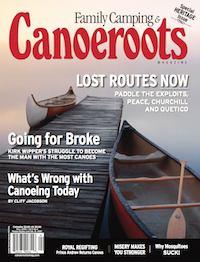 This article first appeared in the Fall 2006 issue of Canoeroots Magazine. For more great content, subscribe to Canoeroots’ print and digital editions here.
This article first appeared in the Fall 2006 issue of Canoeroots Magazine. For more great content, subscribe to Canoeroots’ print and digital editions here.



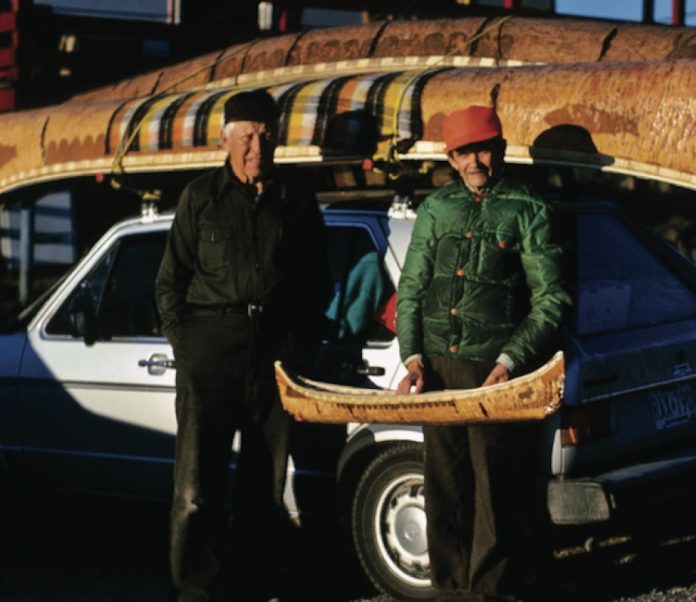
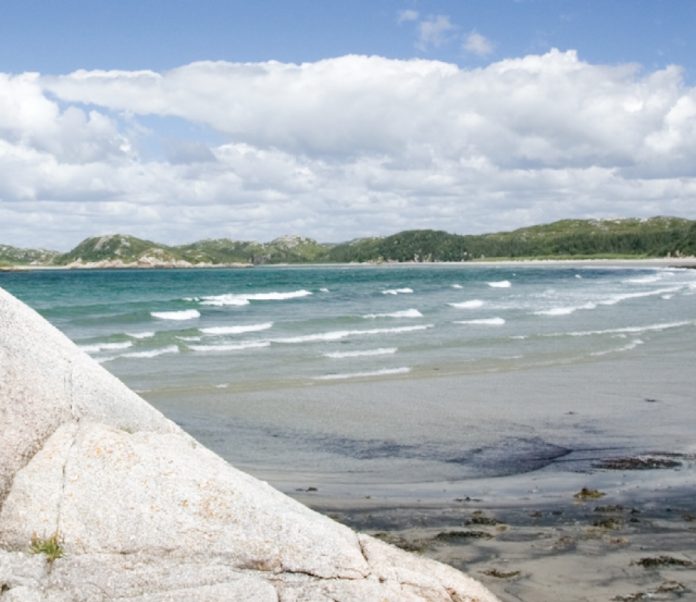

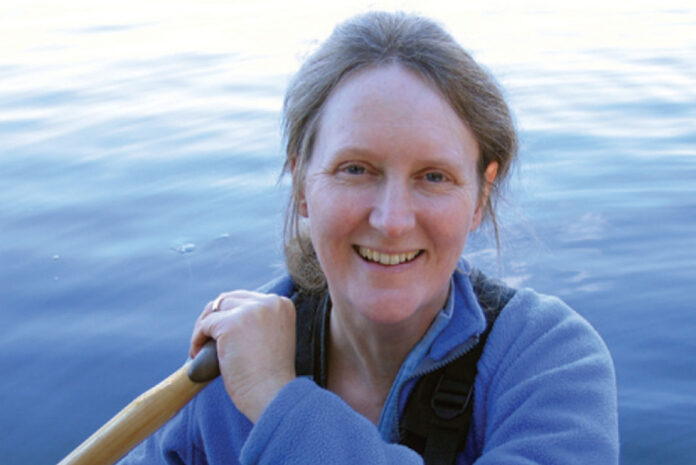
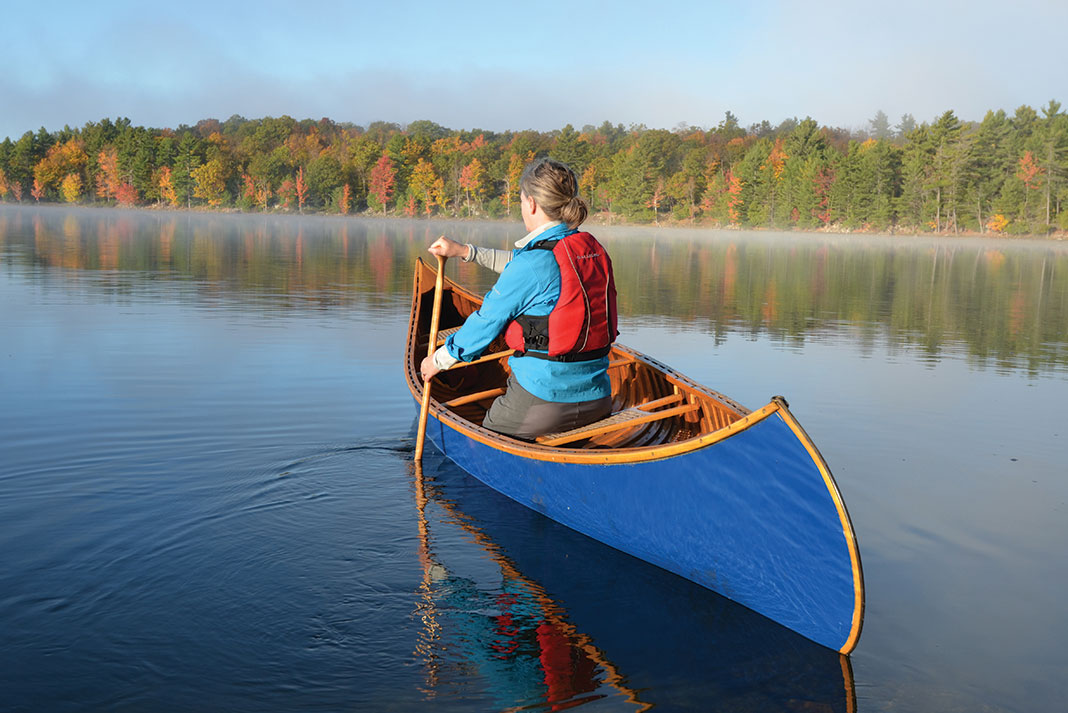
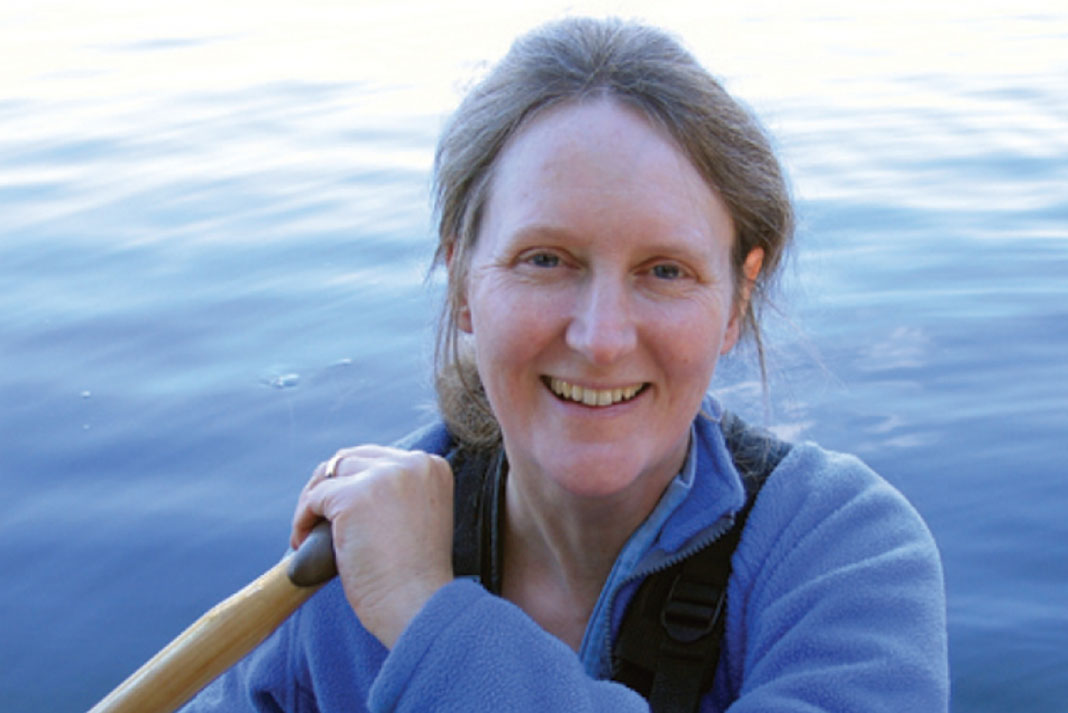
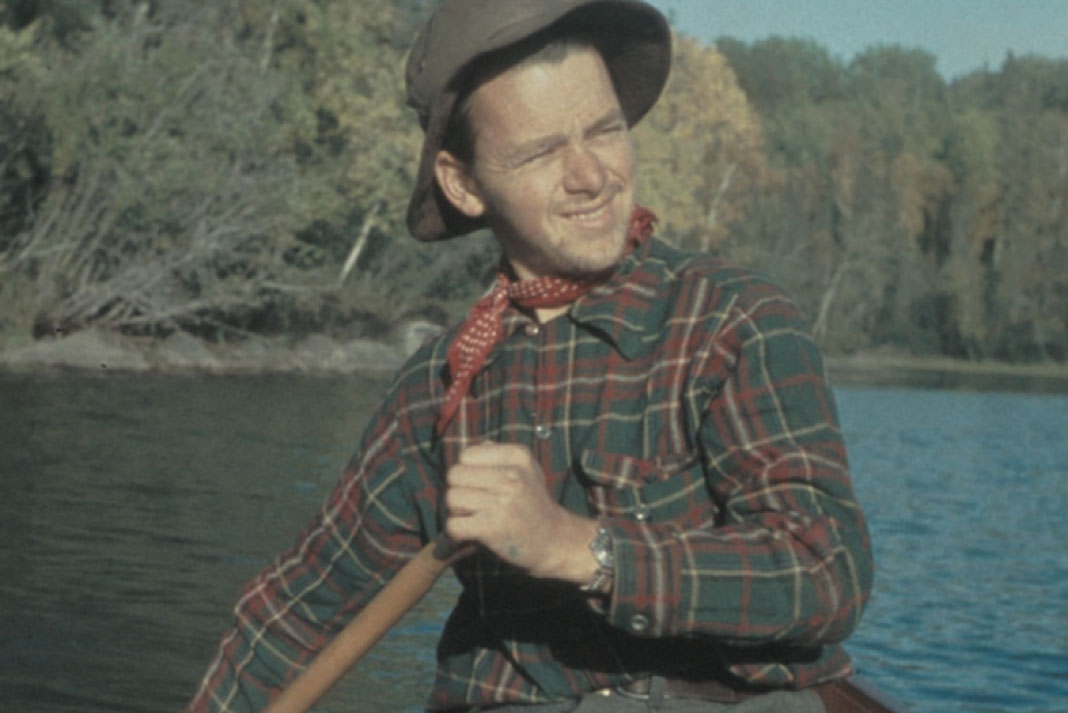

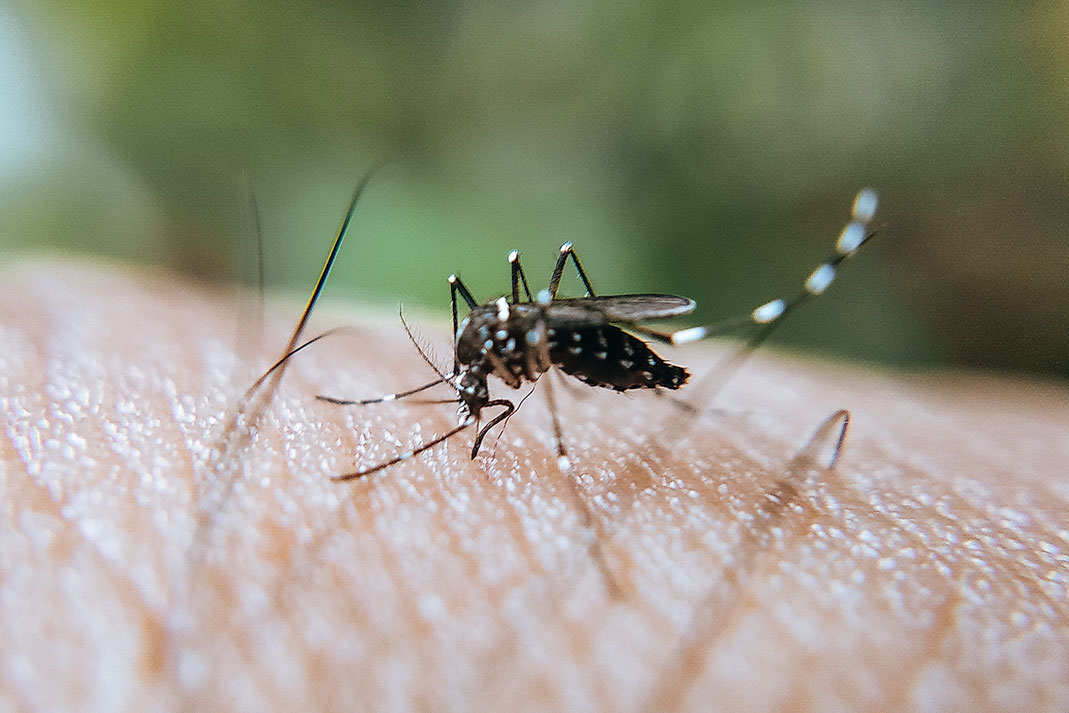

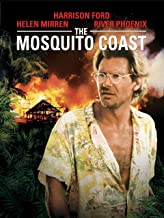
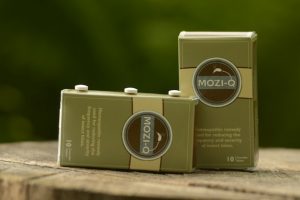


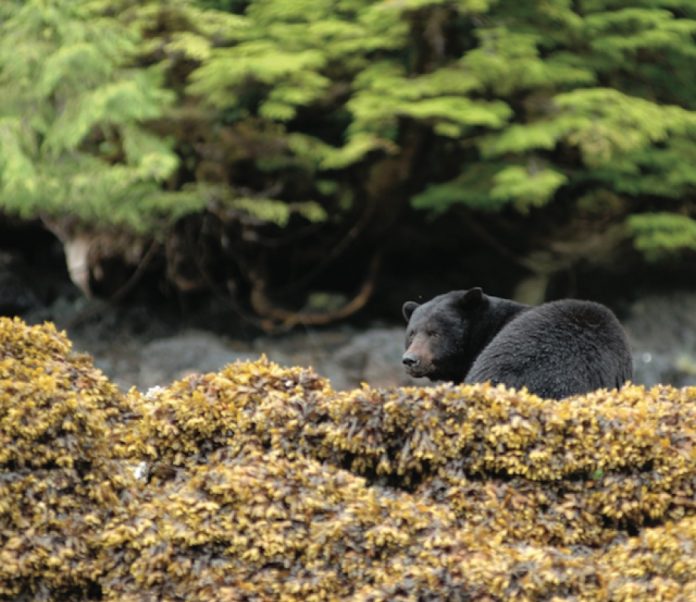
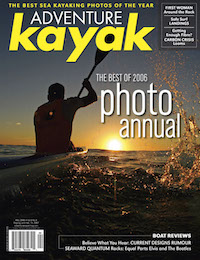 This article first appeared in the Fall 2006 issue of Adventure Kayak Magazine. For more great content, subscribe to Adventure Kayak’s print and digital editions
This article first appeared in the Fall 2006 issue of Adventure Kayak Magazine. For more great content, subscribe to Adventure Kayak’s print and digital editions 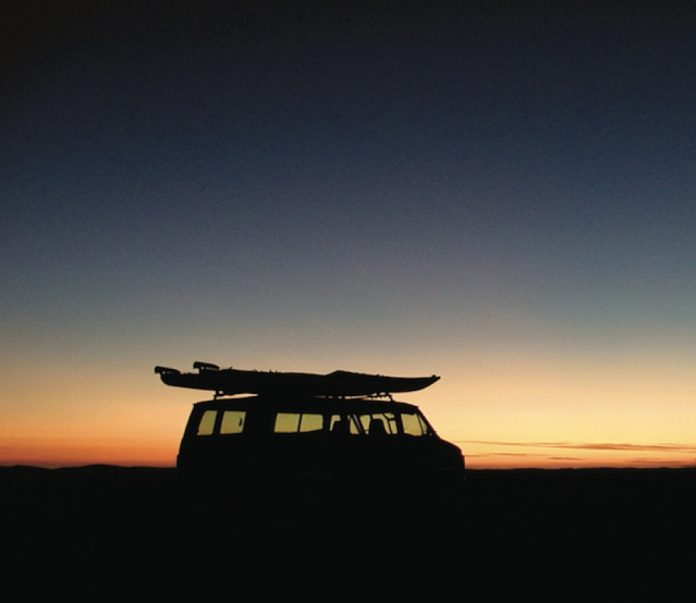
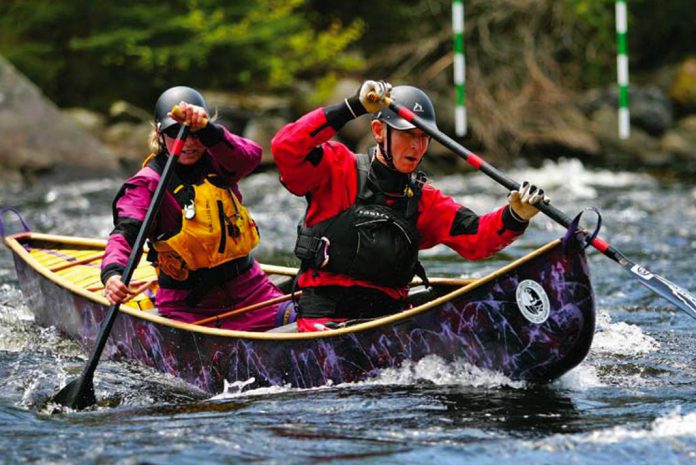
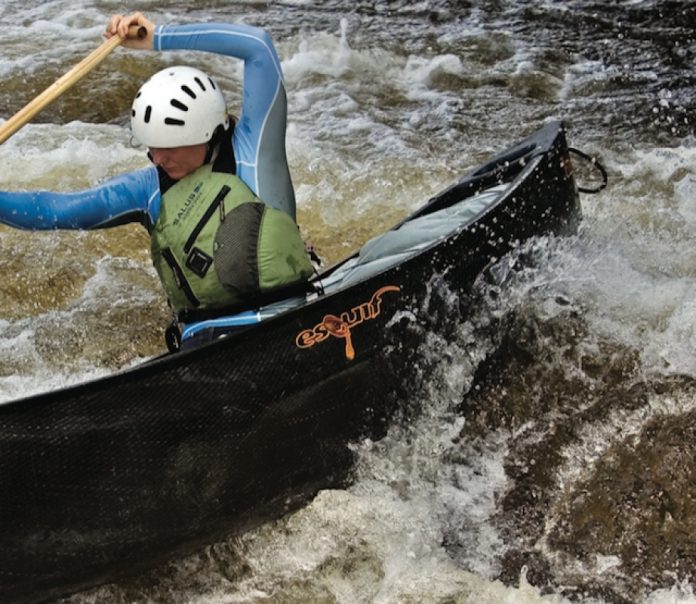
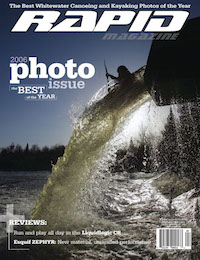 This article first appeared in the Fall 2006 issue of Rapid Magazine. For more great boat reviews, subscribe to Rapid’s print and digital editions
This article first appeared in the Fall 2006 issue of Rapid Magazine. For more great boat reviews, subscribe to Rapid’s print and digital editions 